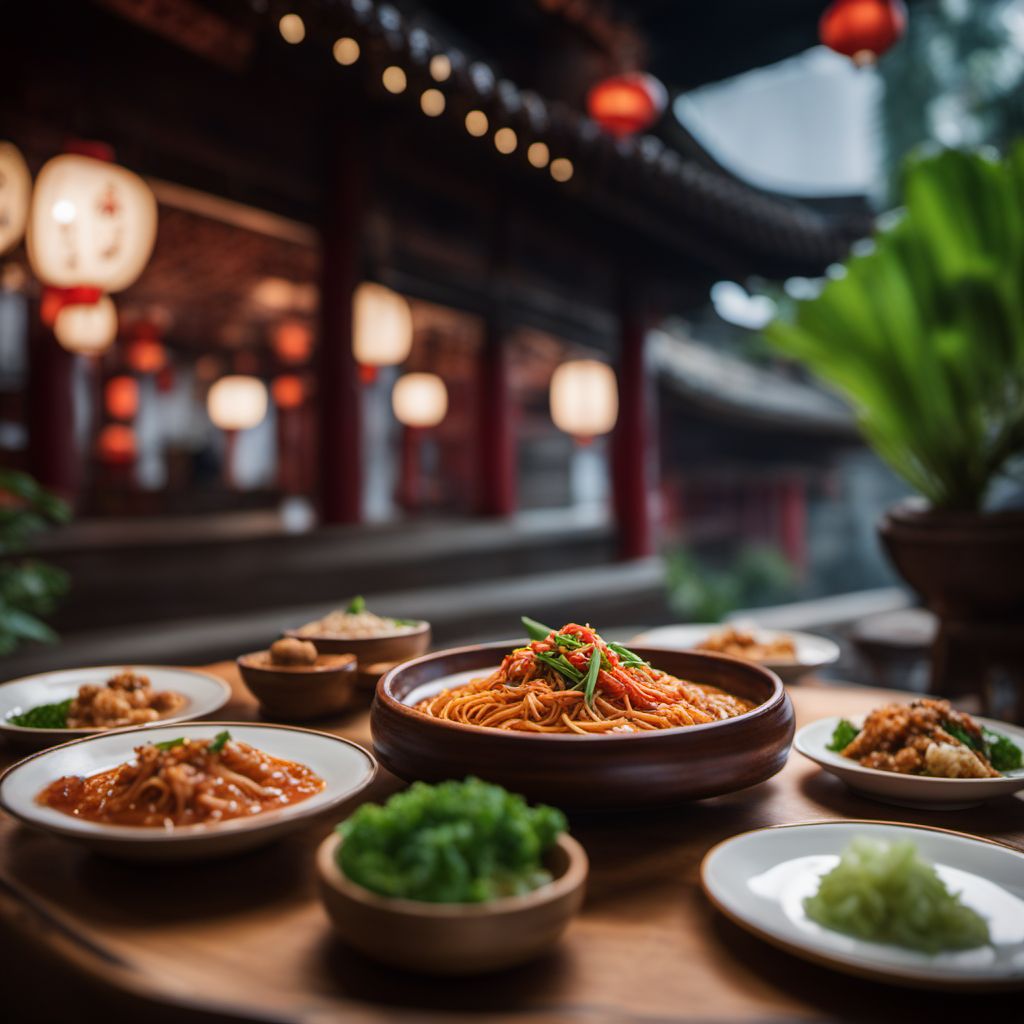
Cuisine
Fujian cuisine
Fujian cuisine is characterized by its emphasis on umami flavors, the use of seafood and soups, and the combination of sweet and savory flavors. The cuisine is also known for its use of red yeast rice, which is used to flavor and color dishes. Fujian cuisine is influenced by the region's geography, with its proximity to the sea and mountains.
Typical ingredients
Seafood, Pork, Chicken, Mushrooms, Bamboo shoots, Red yeast rice, Ginger, Garlic, Scallions, Soy sauce, Rice wine
Presentation and garnishing
Dishes are often presented in a simple and elegant manner, with an emphasis on the natural flavors of the ingredients. Garnishes may include scallions, cilantro, and chili peppers.
Fujian cuisine is also known for its use of soups, which are believed to be nourishing and restorative.
More cuisines from this region...
Sichuan cuisine, Cantonese cuisine, Shanghai cuisine, Shanxi cuisine, Zhejiang cuisine, Putian cuisine, Shandong cuisine, Chiuchow cuisine, Teochew cuisine, Yunnan cuisine
History
Fujian cuisine has a long history dating back to the Tang dynasty. It was influenced by the region's geography and the influx of immigrants from other parts of China. The cuisine was also influenced by foreign traders, who brought new ingredients and cooking techniques to the region.
Cultural significance
Fujian cuisine is an important part of Fujian culture and is often served at important events and celebrations. The cuisine is also known for its health benefits, with many of its dishes believed to have medicinal properties.
Health benefits and considerations
Many Fujian dishes are believed to have medicinal properties, such as the use of red yeast rice to lower cholesterol. The cuisine is also known for its use of umami flavors, which are believed to have health benefits.
Fujian cuisine recipes
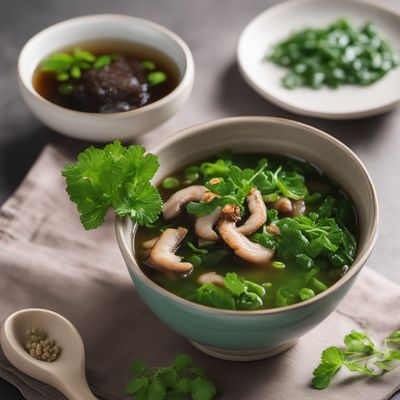
Fujian-style Watercress Soup
Fujian's Delightful Watercress Medley

Fujian-style Stuffed Bread
Savory Fujianese Bread Delight

Fujian-style Rice Porridge with Beer
Fujian's Flavorsome Rice Porridge Infused with Beer

Fujian-style Seafood Omelette
Oceanic Delight: Fujian-style Seafood Omelette
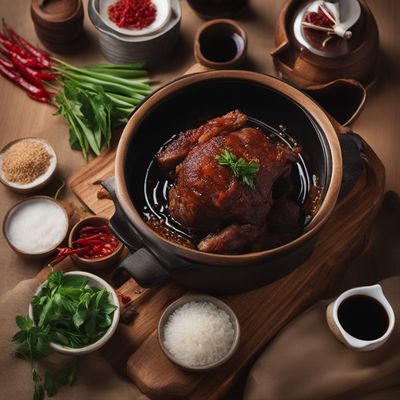
Fujian-style Braised Pork Knuckle
Fujian Delight: Tender Braised Pork Knuckle in Fragrant Sauce

Fujian-style Gaston Gérard Chicken
Fujian Fusion Chicken: A Harmonious Blend of French and Fujian Flavors
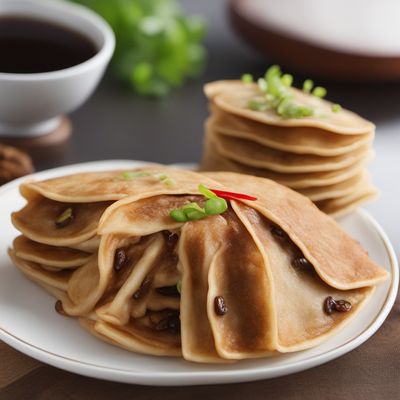
Fujian-style Stuffed Pancakes
Savory Fujian Pancakes: A Fusion of Flavors

Fujian-style Sweet Rice Flour Cake
Sweet Delights from Fujian: A Fujian-style Sweet Rice Flour Cake Recipe
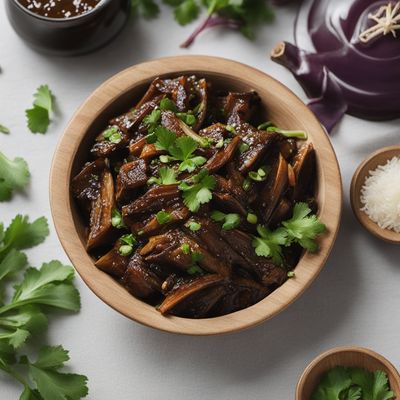
Fujian-style Eggplant Stir-fry
Silky Eggplant Delight: Fujian-style Baigan Choka

Fujian-style Locro
Fujian Fusion: Locro with a Chinese Twist

Fujian-style Pumpkin Soup
Silky Pumpkin Delight: Fujian-style Soup with a Twist